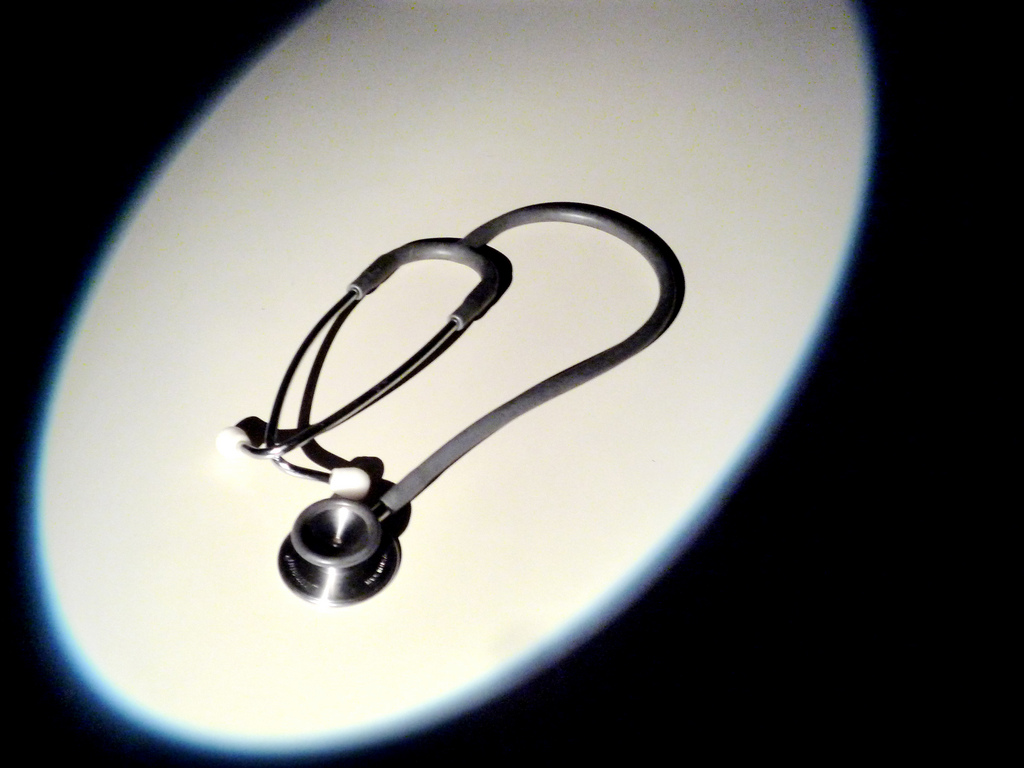July 1, Take 2
You could feel it in the air, in how the nurses double-checked the orders, how the attendings’ notes bloated in size, and even in how the patients, despite their general lack of knowledge towards the inner workings of the hospital, exuded mild apprehension. It was day one of the academic year, the day that the new interns — my new interns — started.
Much has been written, spoken and generally created about the transition from medical school to residency: the infinite-fold increase in responsibility, the almost-vertical learning curve, and the heightened awareness of essentially all other personnel in the hospital. Every year, the same errors are repeated — the accidental doses of 400 milliequivalents of potassium, the two-liter boluses over one minute, the CT scans of the abdomen to rule out ischemic stroke — but are usually caught in a timely fashion (hospitals have been training new interns for quite a long time).
So, if we agree that it is our collective job to raise new interns well, feeding them with clinical pearls and watering them with interesting patients, what then of the second-most terrified group of physicians of the hospital? What of the new supervising residents?
On my first day as a PGY-2, I was covering the day shift in the MICU. One of the new interns came up to me (almost before I sat down) and told me that our patient had been more agitated overnight. Could we bolus him with some more propofol, the intern wondered? Or maybe fentanyl? Or maybe we should try dexmedetomidine? Or maybe the patient was agitated because something else was going on and sedating would mask a potentially lethal underlying pathology? It was here that I truly felt paralyzed for the first time — I instinctively looked over my shoulder for my senior resident and realized none was present. The decision was mine.
The remainder of that day went about as well as could be expected for a brand-new ICU team. Day one interns are, in many ways, tabulae rasae — blank slates onto which the practical considerations of medicine can be etched. However, as a day one PGY-2, I was (and certainly still am) also still very much a learner, without the confidence instilled by years of practice to propagate my clinical behaviors onto a new trainee. This dual role — student and teacher — while not entirely new, had taken on a whole new meaning.
The idea of duality extends into the main clinical, social and emotional aspects of being a senior resident. As a team leader, you may feel stress but cannot express it. As your intern’s most direct contact, you have to protect them from the myriad forces of the hospital while also providing useful feedback for their growth. When faced with interpersonal conflicts among members of the team, you have to be both the sympathetic shoulder and the iron fist.
Many of these roles do not become obvious until after the transition to supervisor is made. Suddenly, you are often the last resource for day-to-day problems. This shift happens almost instantly, and a much larger burden suddenly rests on your shoulders. There have been many nights where I have returned home before suddenly wondering if those antibiotics were, in fact, discontinued — followed by a frantic log-on to the computer to confirm their removal.
I would argue that the growth curve as a supervising resident is as steep as that of interns. Most day-to-day decisions are under our purview. Suddenly all of the interpersonal dynamics become ours to manage, and we are generally tasked with ensuring that the patient’s care moves forwards. The emotional and social stresses associated with this transition, in my experience, do not get the same amount of attention as the MS4-intern transition. I wonder if more can be done to inculcate the duality of supervisors, reminding them that they are not expected to know everything, and providing the framework for empathetic growth throughout a challenging year.
Perhaps medicine as a whole is starting to recognize the challenges of the newly-minted junior-supervisor. My program had an end-of-intern year retreat last year where we were oriented to our new roles and had a sneak peek at some of the challenges that awaited us in the year that followed. In hindsight, this was a nice touch: it validated the emotional challenges that awaited us as we started our second year of internal medicine residency, ensuring that we, the new seniors (and probably the most dangerous people in the hospital on July 1), were being heard as well.
Overall, this year has been rewarding in many ways. The day-one interns are now PGY-1.5s, strong members of any medical team. Rounds are more efficient, and the instances of decision paralysis are far less frequent. It has been profoundly satisfying to play a role in the growth of other trainees, and infinitely humbling to continue to learn from my patients, embodying the dichotomy not only of an internal medicine PGY-2 but of any practicing physician, ever instructed by those that we treat.
Image source: Stethoscope by Rosmarie Voegti licensed under CC BY 2.0.

